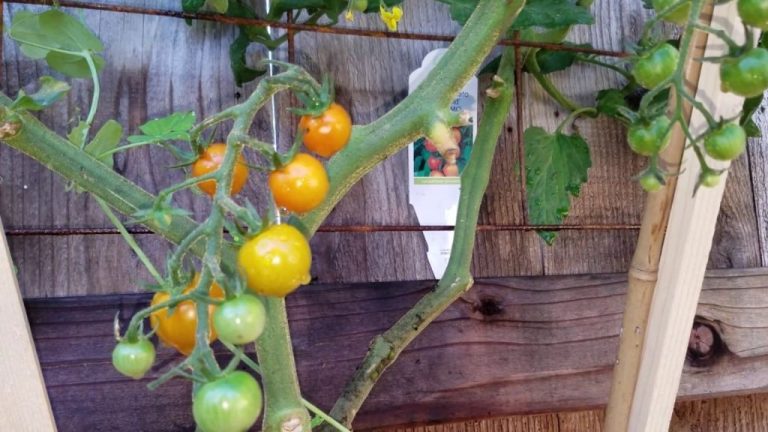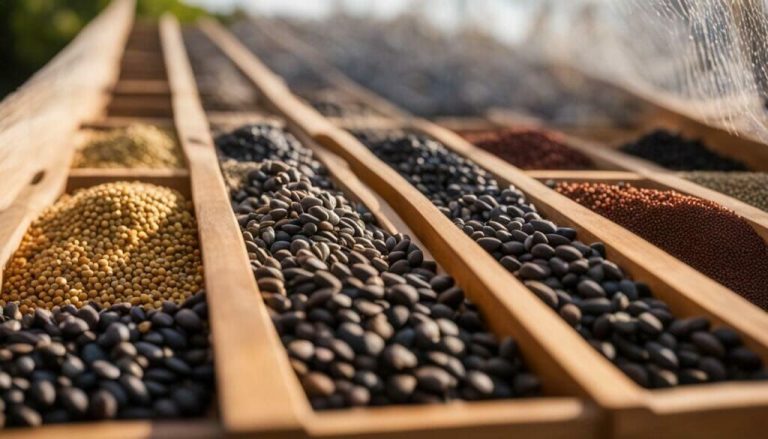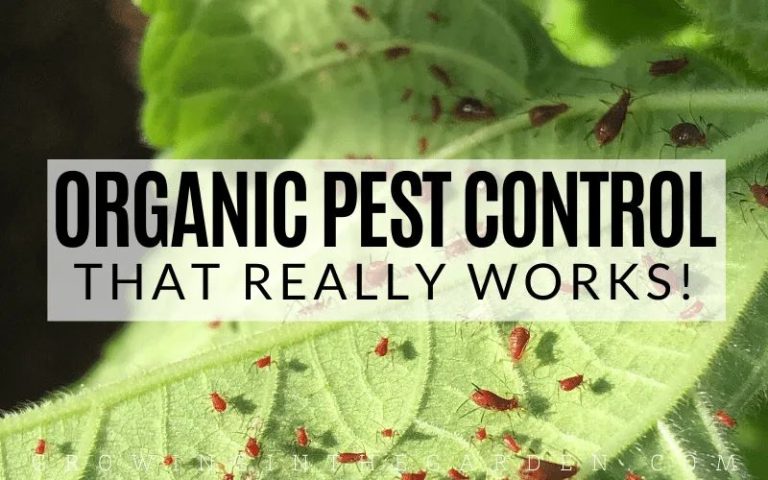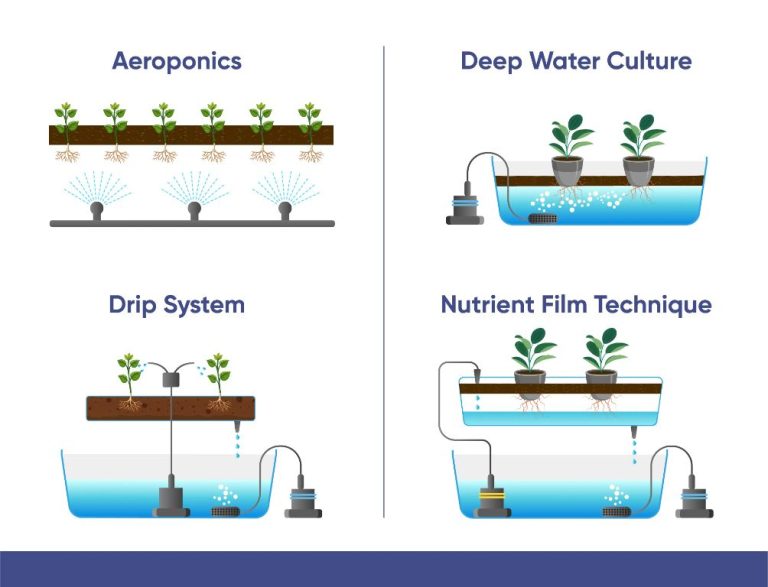Organic Container Herb Gardening: Growing Flavorful Herbs Naturally
Container gardening refers to growing plants in pots, planters, buckets or any type of vessel, rather than planting them in the ground. Container gardening offers many benefits, especially for urban gardeners or those with limited space. Herbs are particularly well-suited for container growing.
Compared to traditional in-ground gardening, container gardening with herbs offers more flexibility and control. Container sizes can be customized to fit the plant’s needs. The mobility of containers allows gardeners to move them into optimal lighting conditions. Herbs thrive in containers as their roots don’t need much space. Container gardening also helps control weeds and reduces pest problems.
Some of the most popular herbs to grow in containers include basil, oregano, thyme, sage, rosemary, mint, chives, parsley and cilantro. Culinary herbs add fresh flavor to meals while also providing health benefits. Container herb gardens allow easy access when it’s time to harvest. Plus, they look beautiful and can be designed to fit any space.
Choosing Herbs for Containers
When selecting herbs for container gardening, it’s important to choose varieties that thrive in pots and small spaces. Some herbs that are particularly well-suited for containers include:
Basil – A popular culinary herb that comes in many varieties. Basil thrives in warm weather and does well in containers with at least 6 hours of full sun per day. Keep soil moist but not soggy.[1]
Mint – Extremely hardy, mint grows aggressively and can easily take over garden beds. Containing it in pots helps keep it under control. Requires moist soil and partial shade to full sun. [2]
Oregano – A versatile Mediterranean herb that can withstand some drought once established. Does well with at least 6 hours of sunlight. [3]
Chives – A perennial onion relative. Grows in clumps and produces edible flowers. Prefers full sun but can tolerate partial shade. [1]
Rosemary – A woody, aromatic herb. Does best with at least 6-8 hours of sunlight. Drought tolerant once established. [3]
Thyme – A small shrub, thyme thrives in full sun and hot conditions. Very drought tolerant. [2]
Parsley – A versatile herb that comes in curly and flat-leaf varieties. Thrives in cool weather and appreciates partial shade in hot climates. [1]
When choosing herbs, consider their sunlight and water requirements to make sure your container environment can support their needs.
[1] https://www.theguardian.com/lifeandstyle/2014/aug/15/ten-best-herbs-grow-containers
[2] https://www.flowerchick.com/growing-herbs-in-containers/
[3] https://www.iamcountryside.com/growing/growing-the-best-herbs-for-containers/
Selecting the Right Containers
When selecting containers for herbs, it’s important to consider the type of container, drainage, and size needed for each herb.
Some excellent container types for herbs include:
- Terra cotta or ceramic pots – these “breathe” well and allow airflow to the roots.
- Wooden boxes or barrels – these look beautiful and also provide good aeration.
- Hanging baskets – great for trailing herbs like thyme or oregano.
- Self-watering containers – these ensure consistent moisture levels.
Adequate drainage is crucial so the roots don’t get waterlogged. Make sure your container has drainage holes at the bottom. You can improve drainage by placing rocks, pebbles, or pieces of broken pottery at the base before adding soil.
Sizing depends on the herb variety. In general, choose at least a 10-12 inch container for most herbs. Larger varieties like bushy rosemary may require 14 inches or more. Though it seems counterintuitive, larger containers allow the soil to retain moisture better than cramped, small pots.
You can get creative and plant compatible herbs together in one container. For a stunning display, use a 14-18 inch planter and combine thyme, sage, oregano, and chives. Just be sure the taller herbs are placed in the center or back.
With the right container that suits their growth needs, your herbs will thrive and give you a bountiful harvest of flavors. For more tips, see this guide on herb gardening tools.
Best Soil for Container Herbs
The soil mix you use for container herb gardening is crucial for healthy plant growth. Since container plants depend entirely on their limited soil, using a high-quality potting mix is important.
The best soils for container herbs are lightweight, well-draining mixes. Heavy garden soils retain too much moisture for most herbs. The ideal container mix is porous and quick-draining but still able to retain some moisture.
Look for a quality organic potting mix made for containers and herbs. Pre-mixed organic soilless mediums are widely available. You can also make your own mix using compost, coconut coir, perlite or vermiculite for drainage. Don’t use garden soil, as it will become compacted.
Avoid soils with chemical fertilizers, as herbs prefer steady, slow-release nutrition. Organic compost provides ideal nutrition without risk of burning delicate herb roots.
Test drainage by moistening the soil and letting excess water drain out. There should be no standing water left in the container after several minutes. For most herbs, the mix should be allowed to partially dry out between waterings.
With a lightweight, nutrient-rich organic soil, your container herbs will be set up for optimal growth and flavor.
Planting and Caring for Container Herbs
When planting herbs in containers, it’s important to give them adequate drainage and soil conditions to thrive. Choose containers with drainage holes at the bottom and use a commercial potting mix formulated for containers and herbs. Lightweight potting mixes provide drainage while still retaining some moisture (1).
Fill the containers about three-fourths full with potting mix and remove any plants from their nursery pots, gently loosening any bound roots. Place the herb in the pot so the crown is just above the soil level and fill around it with additional potting mix, firming it gently around the roots. Leave about 1/2 inch from the pot’s rim and don’t pack the soil too firmly. Water thoroughly after planting (2).
Container herbs need more frequent watering than in-ground plantings. Check soil moisture daily and water when the top inch becomes dry. Take care not to overwater, as soggy soil can cause root rot. Allow excess moisture to drain out the bottom after watering. Fertilize containers herbs every 2-3 weeks during the growing season using a water-soluble fertilizer formulated for herbs and following label directions (1).
Trim and pinch container herbs frequently to encourage bushy, compact growth. Prune leggy growth and dead or damaged foliage. Harvesting container herbs regularly, especially leafy types like basil, also encourages regrowth (2).
Sources:
(1) https://www.bhg.com/gardening/vegetable/herbs/growing-herbs-in-pots/
(2) https://www.oregonlive.com/hg/2015/03/10_tips_for_growing_herbs_in_p.html
Container Herb Garden Design Ideas
When designing a container herb garden, it’s important to consider the arrangement and mix of herbs as well as maximizing the limited space. Here are some tips for creating an appealing and functional container herb garden:
Cluster herbs with similar needs together. For example, plant Mediterranean herbs like thyme, rosemary, and oregano together since they require full sun and drier soil. Leafy herbs like basil, parsley, chives, and mint can go together in a shadier spot with moister soil.
Add height and interest by incorporating vertical space. Use tall trellises or obelisks in the center to support climbing herbs like nasturtiums or creeping vines like thyme. Plant taller herbs like dill and fennel in the back and lower herbs like parsley and chamomile in front.
Maximize space by interplanting. Tuck quick-growing salad greens like lettuce and arugula around the base of herbs. Radishes can grow in the shadow of cilantro. Just be sure to water and fertilize more to accommodate the extra plants.
Pay attention to shapes and textures. Contrast fuzzy sage leaves with frilly parsley. Let mint spill artistically over container edges. Combine leaf shapes like the spear-like leaves of chives, ferny dill fronds, and round basil leaves.
Use fun containers. Boots, watering cans, tea cups – let your imagination run wild! Just be sure there are drainage holes at the bottom. Mixing different shapes and sizes of containers creates visual interest.
Arrange containers in geometric shapes for an orderly look or scatter them in a meandering, asymmetrical design. Elevate some pots on platforms or crates for more height variation.
Troubleshooting Common Problems
Growing herbs in containers comes with some unique challenges. Here are some of the most common problems container herb gardeners face and how to resolve them:
Diseases
Herbs grown in containers are more susceptible to fungal diseases like powdery mildew, rust, leaf spot, and root rot. This is often caused by overwatering or poorly draining soil. To prevent diseases, make sure containers have drainage holes and use a well-draining potting mix. Allow the soil to dry out between waterings. Remove any diseased foliage immediately and avoid overhead watering.
According to The Most Common Herb Garden Mistakes, overcrowding plants can also lead to fungal issues. Give each herb enough room to grow and promote air circulation.
Pests
Common insect pests like aphids, whiteflies, and spider mites can plague container herbs. These bugs thrive in dry, crowded conditions. Rinse plants with water to remove pests, use horticultural oils or insecticidal soap, or introduce beneficial insects like ladybugs or lacewings.
Slugs and snails can also be a nuisance for container gardens. Use diatomaceous earth or copper tape around pots to deter them, as recommended by 7 Common Herb Gardening Mistakes & How to Avoid Them.
Environmental Stresses
Herbs in containers are more prone to stresses like inadequate sunlight, drought, extreme temperatures, and wind damage. Choose a sheltered spot that gets 6-8 hours of sun daily. Move pots to protect from harsh weather. Ensure regular watering and monitor soil moisture often.
Nutrient deficiencies manifest as yellowing, stunted growth, and poor flowering/fruiting. Use a balanced fertilizer every few weeks during the growing season. Overwintered herbs may need extra nutrition after months of dormancy.
Overwintering Container Herbs
When winter arrives, some herb plants like rosemary, thyme, sage, and oregano can be overwintered indoors to ensure they survive the cold weather. It’s important to properly prepare container herbs for overwintering indoors.
As fall approaches, trim back the herbs by about one-third to one-half. This helps reduce the stress of moving them inside. Wait until just before the first frost to bring the herbs indoors. Select a spot indoors that gets plenty of sunlight from a south-facing window. Continue to water the herbs whenever the soil begins to dry out. You may need to water them less frequently since they’ll be growing slower indoors.
To help trigger dormancy, stop fertilizing about a month before bringing the herbs inside. The cooler indoor temperatures and lack of fertilizer will mimic the outdoor conditions of winter and promote dormancy. During dormancy, the herbs essentially take a break from active growth. Prune the herbs lightly during winter to remove any dead leaves or stems.
Basil, parsley, cilantro, and mint are some herbs that typically don’t overwinter well. It’s best to grow these as annuals and replant them each spring. For any herbs you wish to overwinter, carefully follow best practices to give them the conditions they need to successfully make it through the winter months.
(Source: https://houses-apartments.com/en/container-gardening/choosing-herbs-for-container-gardening/can-container-grown-herbs-be-successfully-overwintered/)
Harvesting and Using Container Herbs
Knowing when and how to harvest your container herbs is key to getting the most flavor and usage from your plants. Most herbs are best harvested just before flowers appear, when the oils in the leaves are at their peak.[1] For leafy herbs like basil, mint, oregano, and thyme, harvest by pinching or cutting above leaf nodes to encourage more growth. Take up to a third of the plant at a time. For herbs that you want to harvest the seeds from, like dill and fennel, allow the plant to flower and go to seed before harvesting.
The best time of day to harvest herbs is mid-morning after any dew has dried but before the heat of the afternoon sets in.[2] Use pruners or sharp scissors for clean cuts. Handle herbs gently to avoid bruising and wash after harvest. Pat dry with paper towels or spin dry to remove excess moisture.
Proper storage is also key for maintaining flavor. Store delicate herbs like basil, cilantro, and parsley wrapped in damp paper towels in resealable plastic bags or containers. Heartier herbs like rosemary, sage, and thyme can simply be placed in containers or bags. Refrigerate most harvested herbs for 1-2 weeks max. You can also freeze herbs in ice cube trays covered with water or oil for longer storage. Dried herbs will keep 6 months to a year in airtight containers.
When it’s time to use your homegrown herbs, try recipes like chimichurri sauce, compound butter, herb-infused vinegar or oil, pesto, or fresh herb salad dressing. You can also add them to soups, vegetable dishes, meat rubs, baked goods, and more. Get creative with how you use your harvest!
With the right harvesting techniques and storage, you can enjoy the flavor of container herbs for many months after growing them yourself organically at home.
Concluding Thoughts
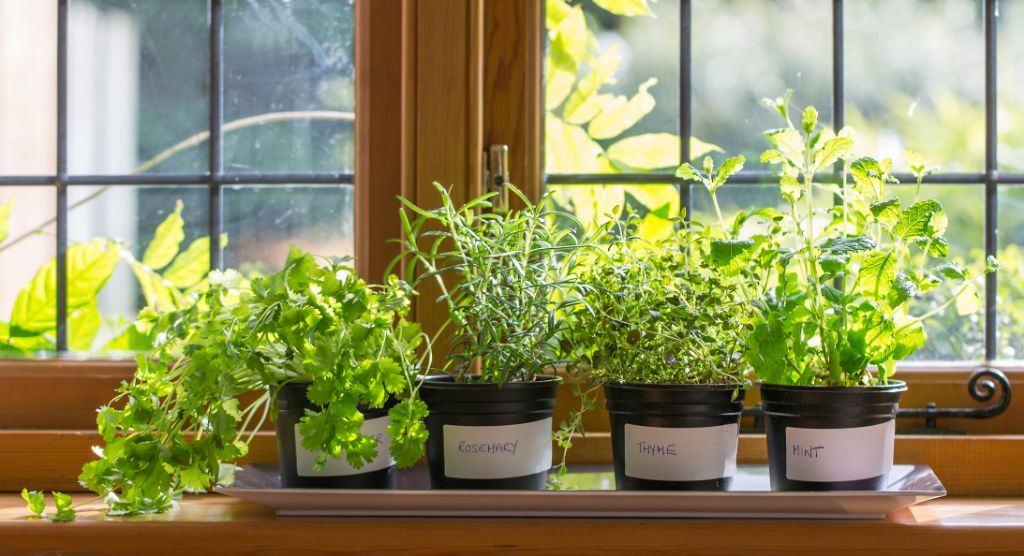
Growing herbs in containers is a rewarding and flavorful way to garden organically. Container gardening makes herbs easily accessible right outside your door. With some planning and proper care, you can create a beautiful and productive herb garden in containers.
The benefits of container herb gardening are numerous. You can carefully control the soil quality and growing conditions. Portability allows you to move the containers into optimal sunlight or shade as needed. Container gardening helps prevent weeds and pests. It is great for small spaces, balconies, and porches. Plus, harvesting homegrown herbs to use in cooking is extremely satisfying.
With this guide’s tips on herb selection, containers, soil, care, and design, you have all the information you need to start your own successful container herb garden. Be inspired to get growing and enjoy the convenience of having fresh herbs right at your fingertips!

